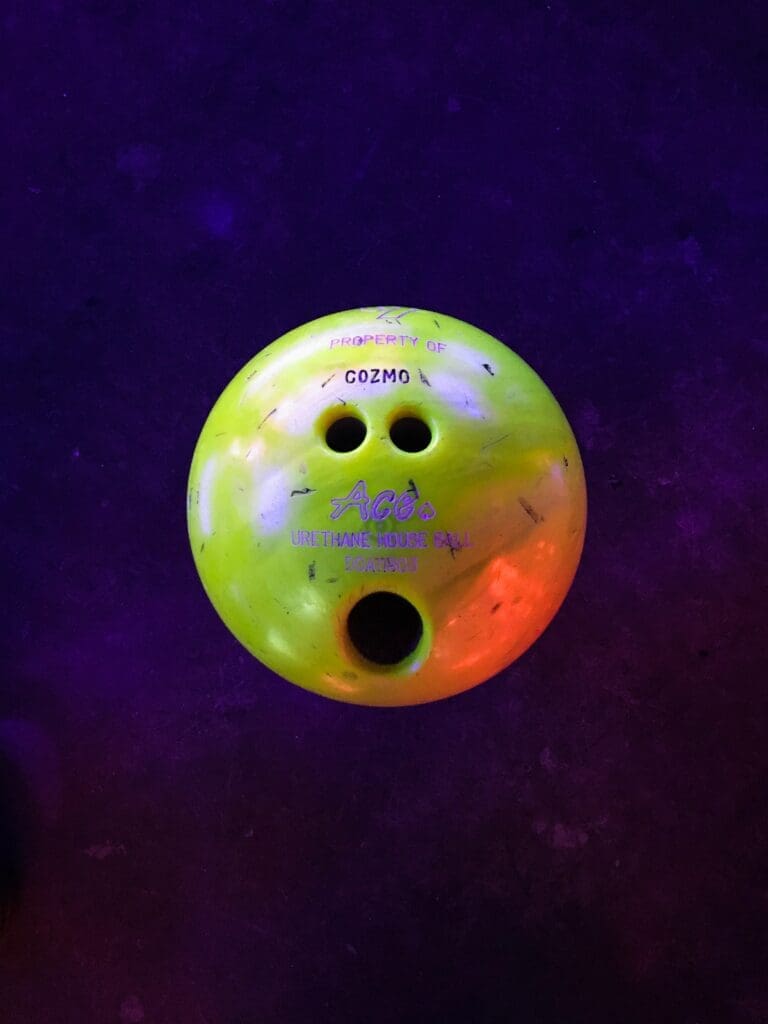What’s The Deal With Bowling Balls?

Have you ever asked “What are bowling balls made of?” Bowling has a very long history, and the evolution of the bowling ball is a big part of it. Keep reading this blog to learn more about the history of bowling balls and what they’re made of!
The History Of Bowling Balls
There is written history of bowling since the ancient Egyptians. However, a lot has changed since the game was created. There has been a dramatic change through history of the evolution and design of the bowling ball.
Back in the day, bowling balls were made from Lignum vitae, a very hard type of wood. In the early 1900s, hard rubber was used to build bowling balls. Next, they were made of polyester, and soon after urethane bowling balls took over the market! This new material brought on significant design changes, including modification on the cores of the ball which altered the overall balance. Urethane bowling balls are the kind we still use today.
Bowling Balls Today
Bowling balls have come a long way through history! They are now designed with computers, and have balanced and carefully crafted cores that influence how the ball rolls down the lane. The core shape varies depending on the ball. It can be spherical, elliptical, lightbulb shaped, or a combination of these shapes. Once the core is crafted, it’s placed inside a mold before the material is poured into the mold to harden around it.
Bowling balls have certainly evolved since the game was first played! Who knows what sort of innovative technologies and designs we’ll see in the future as the game continues to be popular all over the world. In the meantime, make sure you come and bowl with us at Richmond 40 Bowl!
